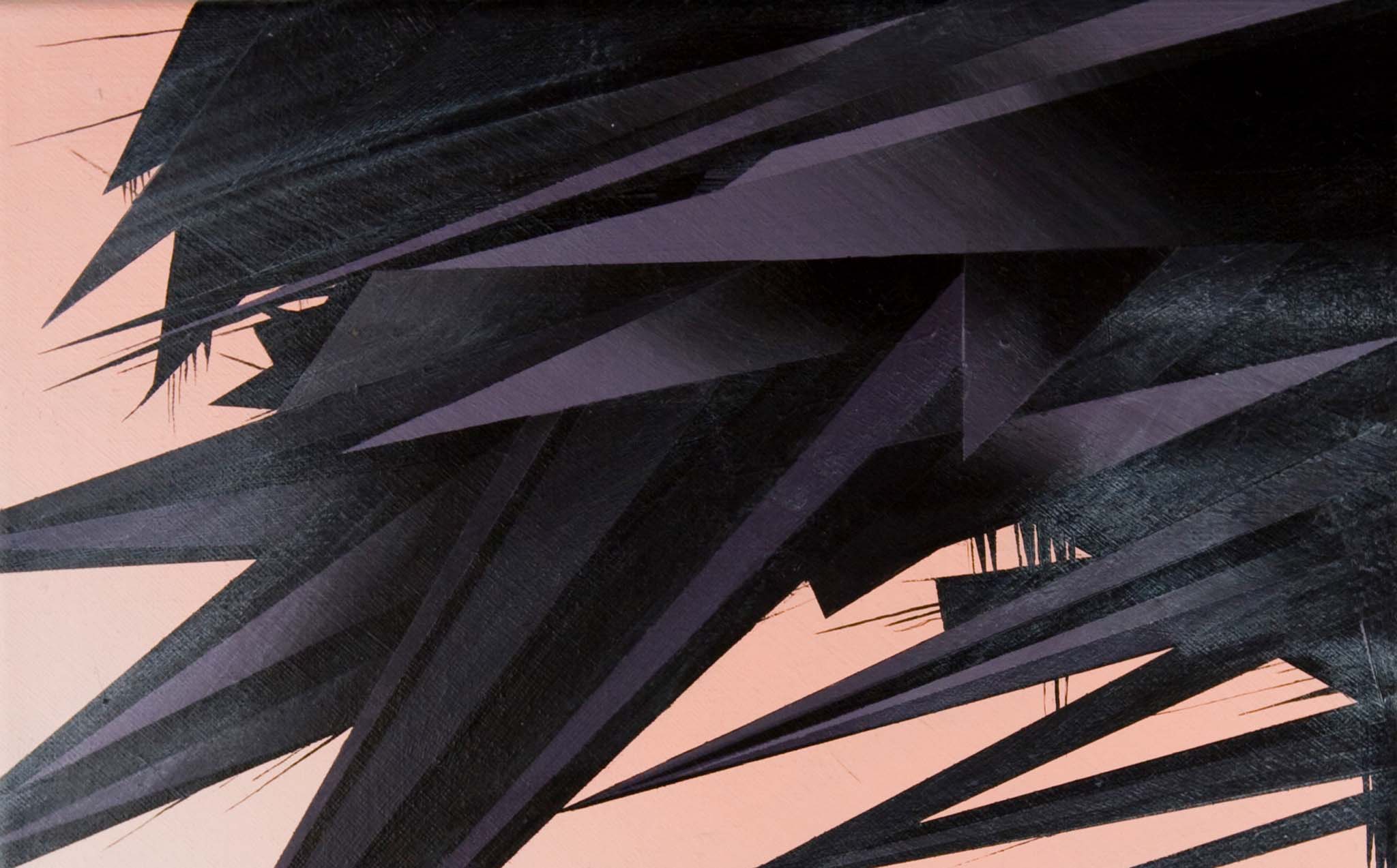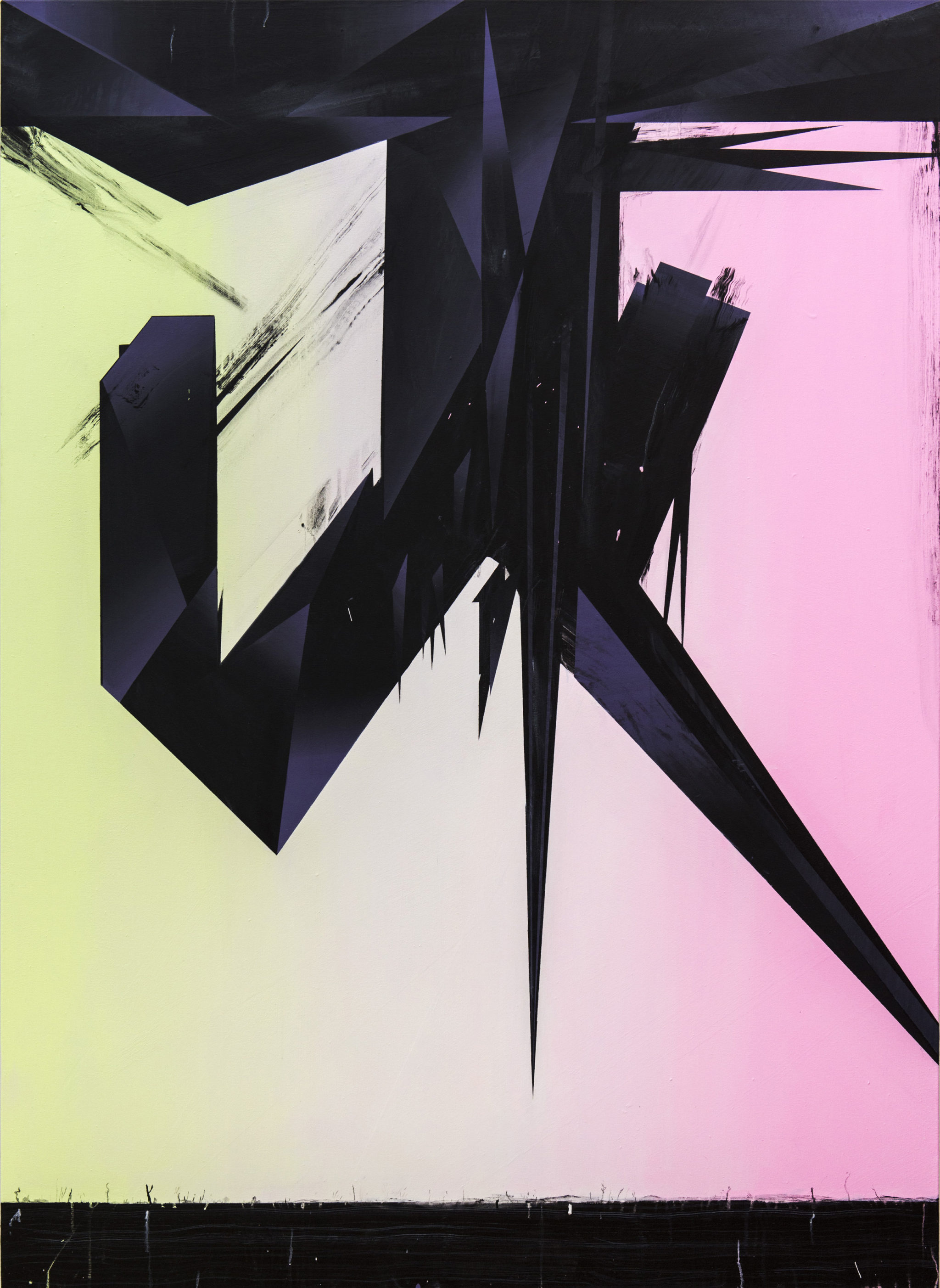
Solar System Parameters was originally published by Gamma Proforma (2000-2018) as a limited edition hardback book in late 2013. The publication included the essay below by Paul Hobson, Director, Modern Art Oxford.
‘The past is but the beginning of the beginning, and all that is or has been is but the twilight of the dawn.’ H.G. Wells, The Discovery of the Future (1901)
In his 1933 science fiction novel The Shape of Things to Come H.G. Wells wrote a future history speculating on human civilisation from 1933 to 2106. He anticipates the Second World War with frightening accuracy, which he speculates leads to the global collapse and disintegration of capitalism and the emergence of a new order under a benevolent dictator devoted to progress in science and technology, social welfare and culture. This personification of Modernism’s utopian characteristics is part of a wider manifestation of the cult of heroic social progress embodied in popular fiction and entertainment in the early decades of the twentieth century – in Hollywood movies and Marvel comics to cite just a couple of broad examples – and provides a useful introduction to the work of British painter and graphic artist, Phil Ashcroft.
Ashcroft has attracted critical interest for a diverse but coherent practice focused on contemporary issues ranging from the environment, neo-liberalism, globalisation and socio- political malaise in the early twenty-first century. His post-apocalyptic, overtly heroic landscapes reference sources as diverse as Japanese ukiyo-e art to American Pop and Abstract Expressionism, to graffiti and Marvel comics, drawing on myths and legends of failed civilisations like H.G. Wells’ The Shape of Things to Come. While there is something fantastical in tone and style in Ashcroft’s imagery, the artist draws on the immediate reality of the grand narratives of the twentieth century – a reality we all recognise – as a mirror to appraise its legacy.
Modernism’s architectural symbols and references are central in Ashcroft’s artistic vocabulary across painting, prints and lightboxes. Modernist architecture in a condition of dilapidation and decay is used as a way to critique the utopian projections of Modernism and to generate narratives about the recurring socio-economic and urban failures of the last century. Although Modernism first emerged in the early twentieth century and, by the 1920s, the prominent figures of the movement – Le Corbusier, Walter Gropius, and Ludwig Mies van der Rohe – had established their reputations, it was not until after the Second World War that it gained mass popularity, after Modernist planning was implemented as a solution to the previous failure of architecture and design to meet basic social needs. During the 1930s as much as 15% of the urban populations were living in poverty, and slum clearance was one of the many social problems of this decade. Modernist planning was a popular idea, and used as a solution to these problems. But the movement could not adequately comprehend and cater for the social dynamics of family and community, and as a result many Modernist buildings were pulled down in the 1970s, the decade in which Ashcroft was born.
If Modernism in design was about the desire to create a better world, and therefore a commitment to social reform, its architectural debris suggests ideological failure and a rebuttal of its possibility. In Ashcroft’s art, architecture is treated like a sign or a logo, steeply receding into monumental vistas in a manner reminiscent of Ed Ruscha’s Standard Station (1966), an evacuated façade, a hollow promise. Ashcroft harnesses the sign of Modernism in the built environment to contemporary anxieties in hyperbolic terms. Remote and desolate landscapes devoid of human life and populated with nuclear power stations, oil depots and derelict hospitals allude to unspecified dystopian situations, be that environmental disaster, climate change and nuclear war. If Modern architecture was about addressing social and economic inequality through the provision of affordable and well- designed housing for all, for example, Ashcroft returns to its symbolic capital in a moment of global systematic financial collapse. In Post-Modernity, Ashcroft draws upon what has become a specific visual legacy: imagery of urban landscapes and post-industrial wastelands and architectures now associated with social dysfunction and disintegration at the end of the twentieth century, connecting them with invisible or indirect phenomena, be it terrorism, viral disease, pollution or financial crisis in the early decades of the twenty-first century. An immediate and primal emotional strategy for survival has been replaced with a constant low-grade anxiety about a new type of hidden architecture, a global infrastructure of new technologies based on security, prevention and risk management.
Ashcroft’s work locates this strain of anxiety in the neurotic 1980s of his childhood in Thatcherite Britain and the ideological warfare of that period, through stylistic references and the narratives of failure to which he returns. Heavily influenced by ‘80s graffiti, comics, street art and the graphics of that era, his landscapes are rendered in a bold, graphic style combining loose, gradient brushwork utilising a limited palette. Black is a predominant colour, jagged and angular in texture, combined with retro fluorescent colours so popular at the time, and which now evoke the era of dissolution and despair that sits between the influence of Pop Art in Britain and the emergence of Punk culture. Cynical, dissatisfied, border-line disruptive, the work broods with a simmering revolutionary disquiet.
This specific context as a young man growing up in Britain as part of the MTV generation is combined with influences felt through his formative education as an artist. Ashcroft studied illustration at Harrow College and Central St Martins between 1989 and 1994, where the course was broad enough to embrace abstract painting. Ashcroft’s post-graduate thesis looked at the influence of American Abstract Expressionist painters on British artists such as Patrick Heron and Albert Irvin. He cites American painters who looked to European painting and worked in the ideologically entrenched Cold War climate of Abstraction, like Richard Diebenkorn and Robert Motherwell, as important influences on his early practice. One can see latent compositional influences in their divisions of space and the mode in which abstraction and figuration are negotiated in two dimensions in his works.
His specific form of gestural, emotive abstraction combines flattened out ‘80s style art deco and graffiti influences with references to American abstraction which often threaten to overwhelm the upper sections of his canvases. But it is an overtly Post-Modern type of abstraction, one that appears to forefronts process and gesture but is in fact computer generated translations of gestural painting reproduced as painting. In other paintings, the work is entirely abstract but it is as if he has cropped or zoomed into the image, suggesting digital manipulations re-presenting or editing Modernist formats. This is further reinforced by the references to vector graphics and geometrical primitives in Ashcroft’s work, graphics based on mathematical expressions which are used to communicate non-subjective, procedural routes into abstraction at odds with the historical overtly-subjective precedents of Abstract Expressionism. Finally, the relationship between the figurative space and the abstract section requires a negotiation within the oppositional histories of Modern painting which shifted from representational space in the nineteenth century to the categorical flatness of media-specific Greenbergian formalism by the 1950s. Abstract sections are rendered as spatial, three dimensional even – rather than flat, i.e. Modern – giving it an ideological position, as if it could be occupied like architecture or be a site for social relations.
Ashcroft’s metaphorical architecture extends beyond specific spatial representations into imaginary planets, alternative universes and fantastical worlds. A recurring idea within Ashcroft’s work is of `dark matter’ – a type of matter that cannot be seen but whose existence and properties are inferred from its gravitational effects on visible matter, radiation and the large-scale structure of the universe – a mysterious void of a concept to assert within a field of visual representation like painting. This concept is just one of a number that connect into ideas that are found in Marvel comics, such as the `negative zone’ – a fictional dimension parallel to our own civilisation. Another is the recurring idea of Krypton, a distant planet that once was home to a great civilisation of advanced science, technology and culture, where inhabitants lived in delicate art deco towers – the sort of utopia imagined in Modernism in the mid-twentieth century – which self-destructed due to an unsustainable environmental and geological situation. More comically, a yeti figure recurs through Ashcroft’s art – an allusion to the nature of belief and its role in the formation of societies and collective cultures. Ashcroft’s interest in these ideas is self-explanatory.
Ashcroft’s art brings a diverse but specific range of cultural references from twentieth century popular culture and art history into a critique of the man’s heroic but ultimately futile and deluded pursuit of an ordered and rational civilisation characterised by Modernism’s belief in progress and advancement. In doing so, he provides a prism for reflection on failed ideologies and the role of mythologies in human society in any one era, offering the symbolic debris of their legacies as a route to imagine new beginnings. Writing this piece in the second decade of twenty-first century, one senses a new ideological era emerging in opposition to the uncontested logic of globalised neo-liberalism of recent decades and a growing sense of unease at our plundering of the planet and its resources, which gives Ashcroft’s art a fierce potency.
Paul Hobson
Director, Modern Art Oxford

An essay by Simon Hollington written for Solar System Parameters, excerpt below:
There are no people in Phil’s images. Just eerie abandoned modernist landscapes and strange light. There is no time reference either – the paintings have a ‘day for night’ quality about them – a technique beloved by early British sci-fi films.
Are the landscapes pre-apocalypse or post? Are the people hiding or gone? (Or is it as one of Phil’s influences Robert Motherwell commented ‘wherever art appears life disappears’?). What are the jagged black shapes coming into or leaving the frame? Whatever they are they don’t look friendly – but in an exaggerated comic book evil kind of way via Franz Kline.
There is a great conspiracy theory that says that the industrial revolution was started by aliens in an attempt to get humanity to terraform the earth by increasing Co2 in the atmosphere, thus making it good for the aliens and bad for us. Maybe the black jagged things are the aliens coming back – humanities self-defeating work having been done? Or is that just my hope that it’s all that simple?
So the end days have always been with us – and always will be, in various guises and theories, some real and some apparently not.
Thus images of doomsday, the day of judgement, Armageddon and the apocalypse will always be part of our culture, as long as that culture mutates and survives towards its own destruction by what ever available means necessary. Something that humanity, its landscape and the depictions thereof are very adept at doing.
Phil Ashcroft – a 21st century John Martin if John Martin was painting Mega-City One after the neutron bomb had been dropped and the aliens are coming?
Or maybe it’s all a painterly critique of architectural modernism? Or maybe it’s a really interesting and quite challenging painterly language combining the mark making of abstract expressionism and the straight clear line of graphic illustration with the strategies of urban art. Or all of the above?
Either way enjoy them while you can, they are the pictures and the monuments that survive us. We are all doomed. Watch the skies.
Simon Hollington is an artist, writer and lecturer.
www.electronicsunset.org